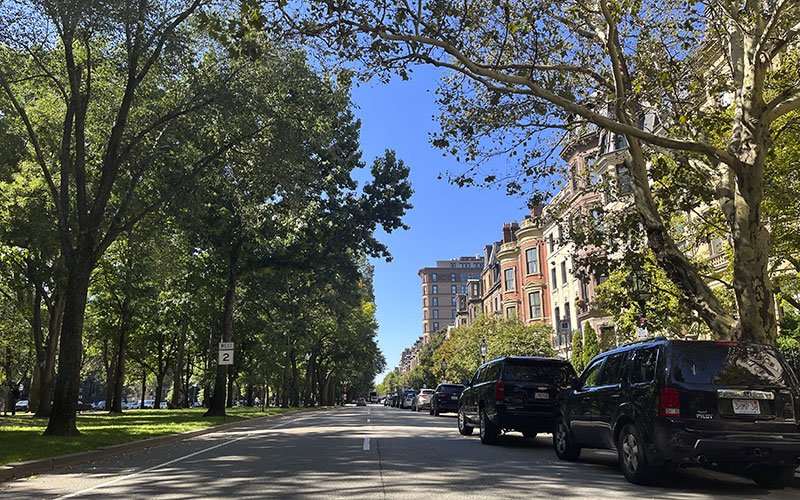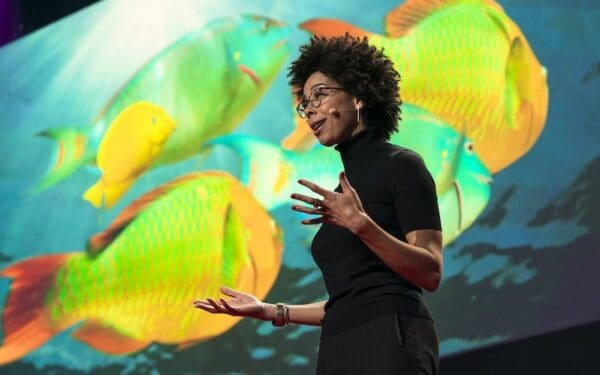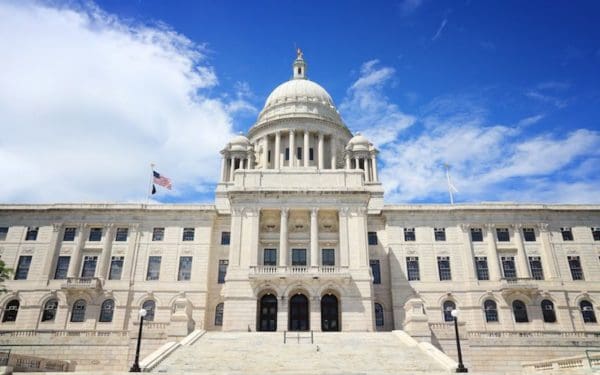
If you care about the environment, you’re probably already aware of the many benefits of trees. They call us tree-huggers for a reason, after all! But planting trees and keeping them alive can be tricky, and not necessarily for the reasons you think. Plenty of well-meaning amateur gardeners have proudly stuck saplings in the dirt, only to watch them wither, topple, or fail to thrive.
Let’s dive into best practices to avoid that fate. After all, a strong tree canopy provides more shade, cleans the air, and contributes to a safer and healthier community. Here are some frequently asked questions for anyone trying to hug their trees a little more effectively:
1. How do I pick the right spot for my tree?
Finding a good place for a new tree can be tough! While treelined streets are quieter and have fewer car accidents than treeless thoroughfares, too many municipalities fail to create “tree pits” in the sidewalk where trees can thrive. If you have an unoccupied tree pit handy, check to see if your town has a program that allows residents to plant street trees, or even provides free or low-cost trees by request.
If you want to plant on your own land, avoid any obvious conflicts, like nearby trees, overhead electrical lines, or solar panels, but also check for unseen underground hazards. Anyone in the U.S. can call 811 for information on how to “dig safe” before sticking their shovel in the ground to avoid any buried cables or pipes. Trees can help prevent flooding, so consider planting where water tends to pool on your property.
Unaddressed underground gas leaks could also kill your new sapling before it has a chance to take root. Buried gas pipes frequently leak, replacing oxygen in the soil with methane that kills off plant life and potentially creates an explosion risk if the leak is severe enough. Avoid planting in large brown patches, as these can signify leaks, and call your local gas company for an inspection if you’re worried about your health or safety.
This is one of the reasons that CLF is currently suing National Grid, to make them clean up their act, stop leaking toxic gas into our soil and atmosphere, and move away from polluting fossil fuels altogether.
2. But I’m a renter. Now what?
Convincing your landlord to let you plant a tree can also take time and effort. Most of the land in the U.S. that’s available for tree planting is privately owned. A lot of it is also currently occupied by renters, who don’t always get a say in what happens to the land – even when they’re the ones who are impacted by the environment they’re living in.
One valuable step is doing all your research ahead of time. Trees reduce air and noise pollution, provide shade that lowers AC bills, and soak up enough water to reduce the chance of flooding, all of which might be compelling to your landlord. New trees require a lot of maintenance and typically three years to get established. Renters often come and go, so be sure your landlord is on board to organize regular watering even after your lease is up.
3. How can I afford a tree? Where could I get a free tree?
New trees can be expensive, particularly if you want to plant a bigger, better-established tree or pay someone to help with the planting process. Luckily, you do have some options available.
Some municipalities will provide free trees, particularly if you commit to planting and caring for a tree in an unoccupied tree pit along your street. Given their many benefits, maintaining a healthy urban tree canopy is ultimately your town’s responsibility, but not every local government can or will step up.
Low-income and majority BIPOC communities have historically received less public investments like street trees. They’re more likely to be chopped up by wide streets with narrow or nonexistent sidewalks for the benefit of drivers in wealthier, whiter, adjacent communities. They’re also less likely to have the funding to remedy the situation.
If that describes your town, there are some other options available. The Arbor Day Foundation gives 10 free seedlings to new members. Some nonprofits, like our local Speak for the Trees Boston, host tree giveaways, particularly around Arbor Day. You can research options in your community and get creative. (Or check out FAQ #6 for a longer-term option!)
4. How do I pick the right tree?
Not all trees have the same benefits. Invasive trees can do more harm than good to your local ecosystem. Many local governments will make your research easier with “preferred” or “recommended” trees lists that will help you pick a variety that will thrive in your area. Consider whether you want a tree that will flower, fruit, or provide shade.
5. How do I keep my tree alive?
Sticking to a good watering schedule, especially for the first year or so, is vital. Enlist neighbors if they’re interested. Sharing responsibility for a street tree can bring people together!
Climate change is triggering more extreme weather, including droughts, heavy storms, and heat waves, so increase or decrease watering as needed. Also, keep an eye out for pests or fungi that might need to be banished. Whether you sourced your tree from a local nursery, town, or nonprofit, your sapling probably came with instructions – don’t ignore them.
6. What can I do to fight for a more robust urban tree canopy?
All right, maybe this isn’t a “frequently” asked question, but it should be! We need widespread reforestation to fight climate change and strengthen communities, and while individuals planting trees is a great first step, it won’t take us over the finish line.
If your local government doesn’t have a robust urban forestry program, you can write a letter to tell local officials that you’re interested in one. If you see laws supporting reforesting efforts come up for a vote, let your elected officials know you support them! And in the meantime, enjoy the beautiful fruits of labor as your tree grows, blossoms, and blesses you with its shade.



